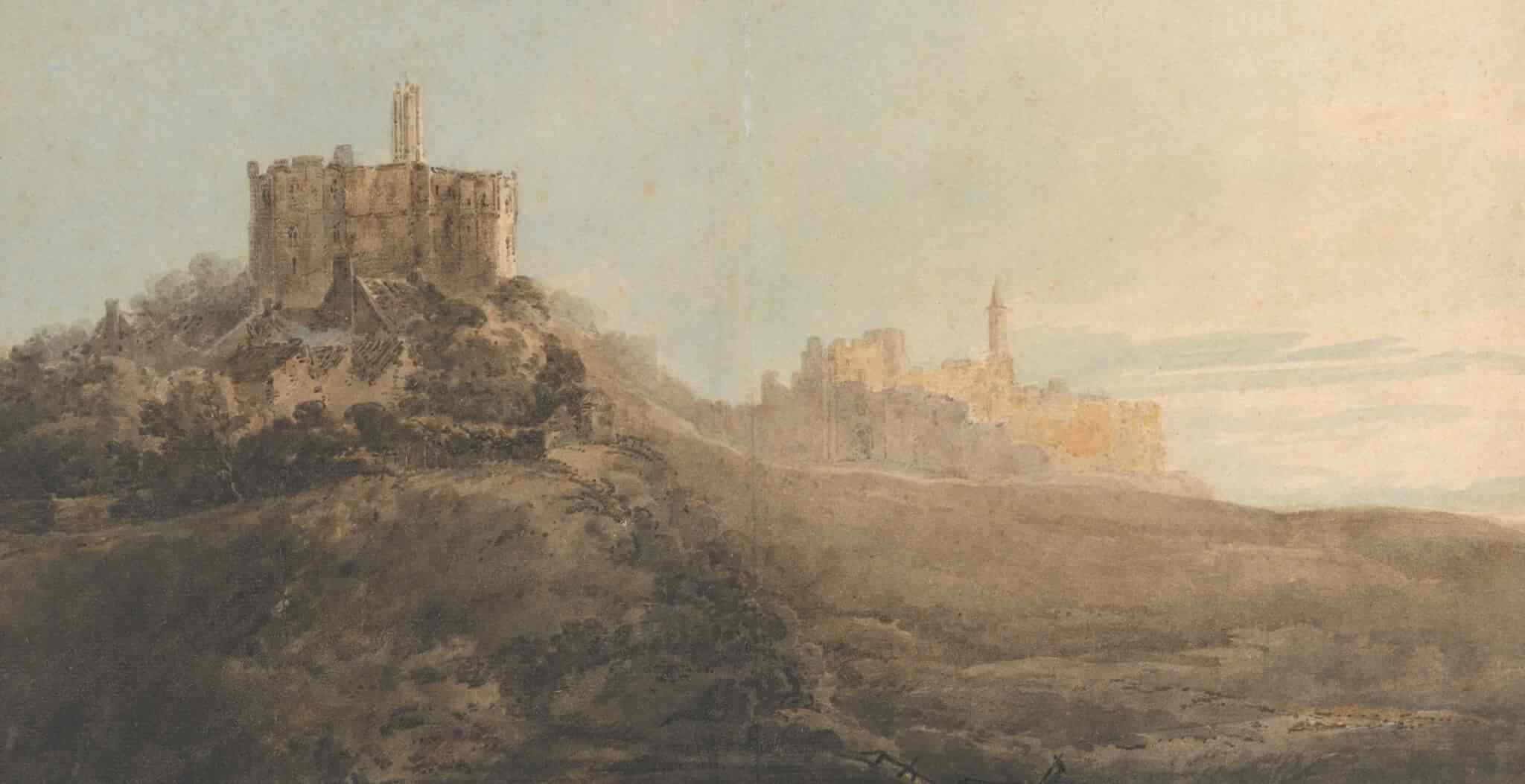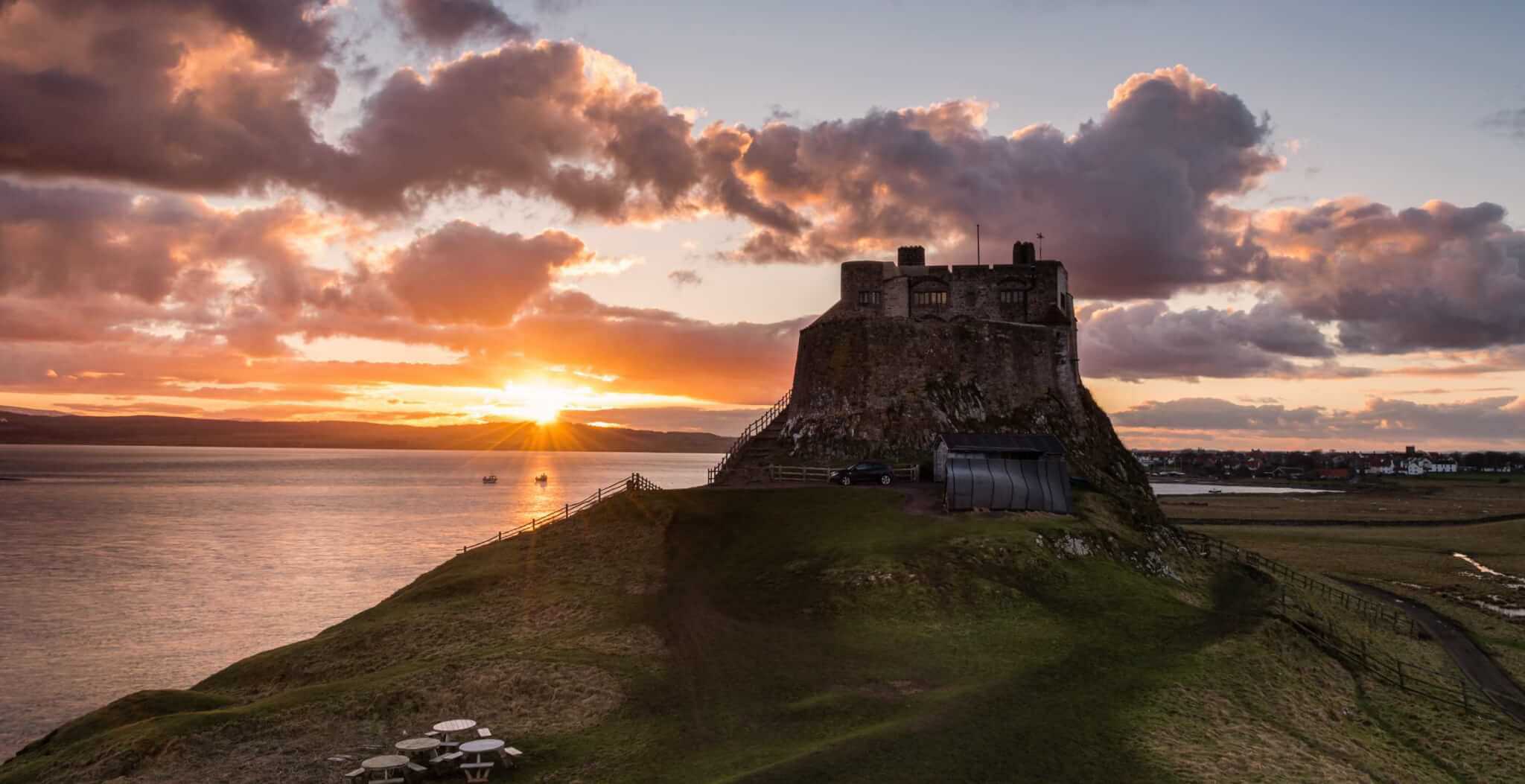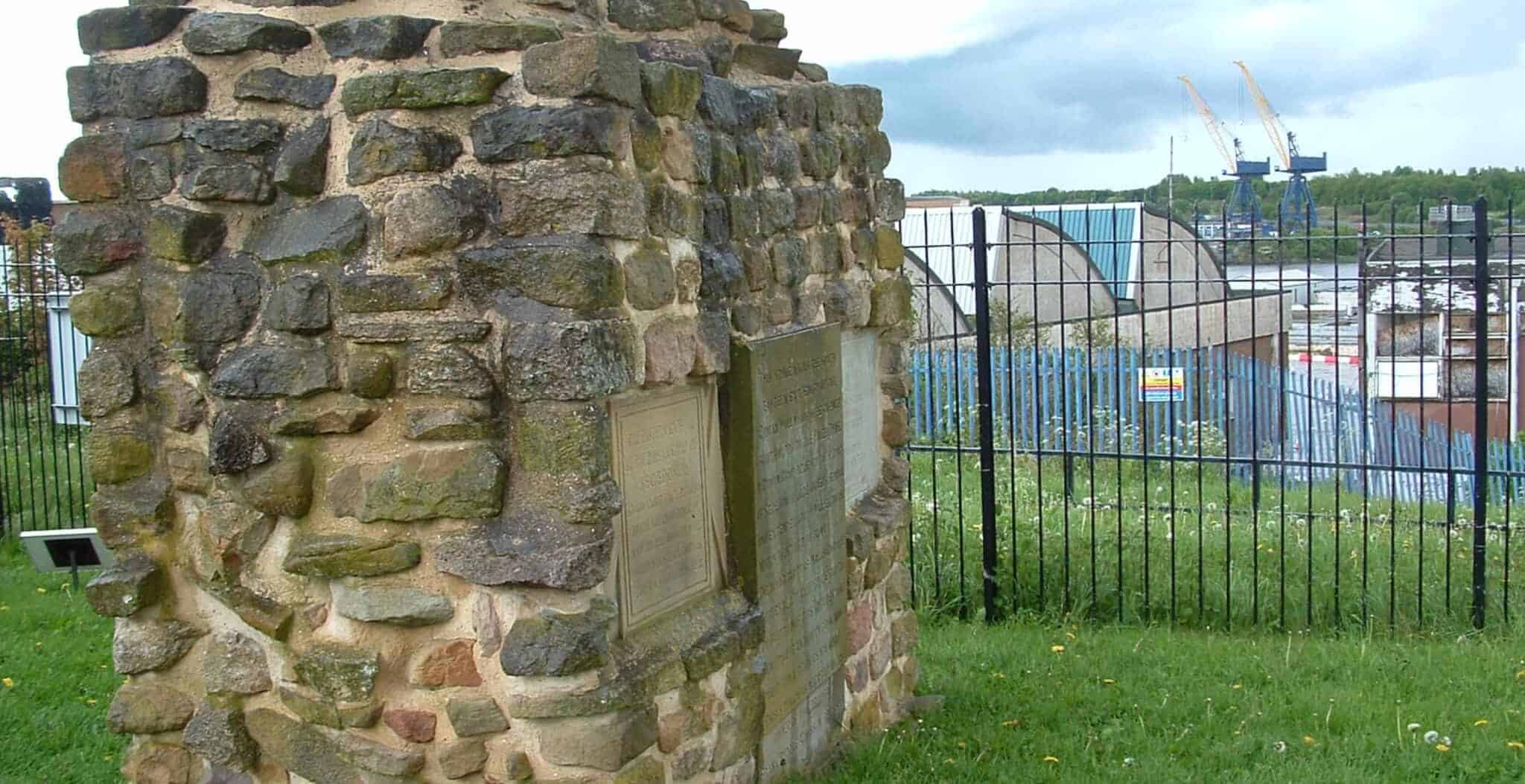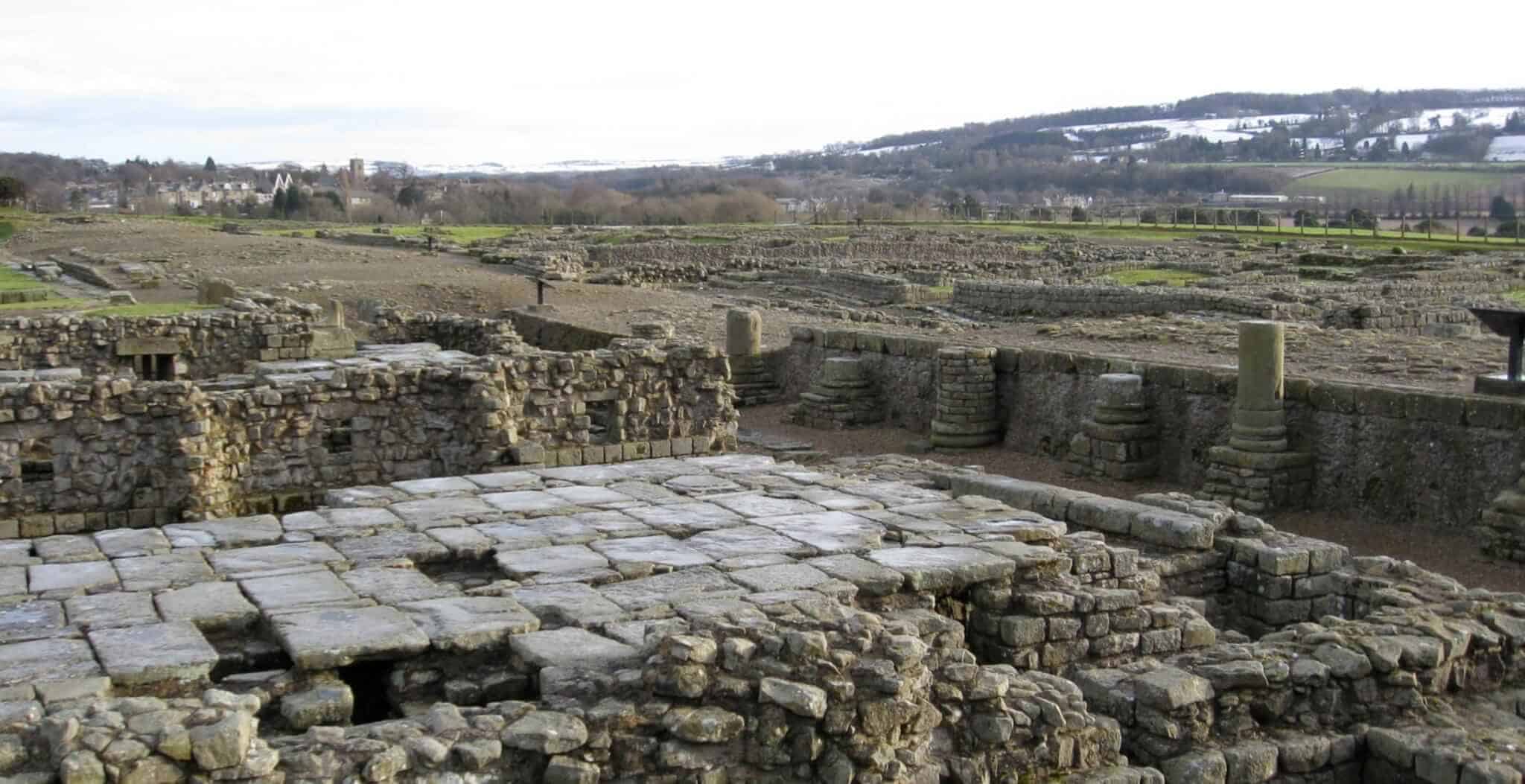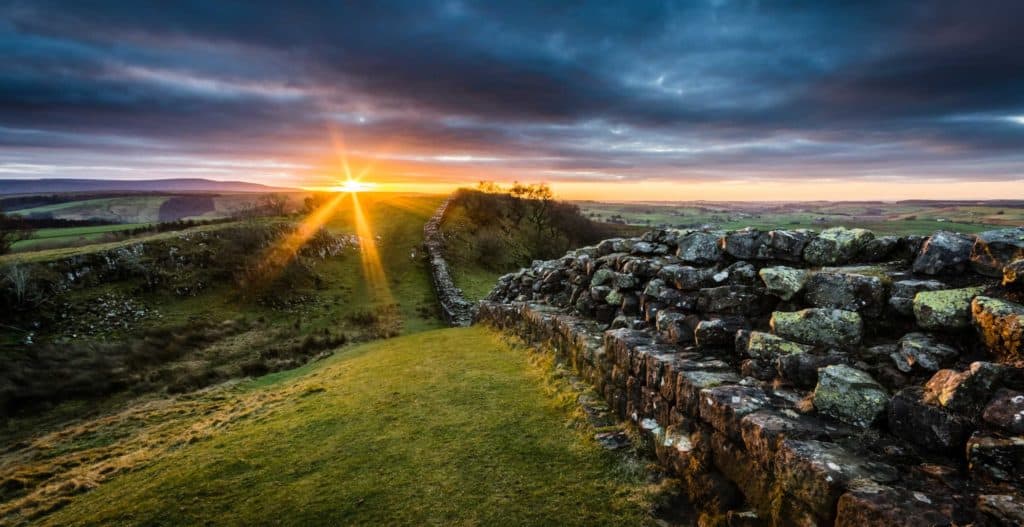Facts about Northumberland
![]() Population: 316,000
Population: 316,000
![]() Famous for: Hadrian’s Wall, Northumberland National Park, Lindisfarne
Famous for: Hadrian’s Wall, Northumberland National Park, Lindisfarne
![]() Distance from London: 4 – 5 hours
Distance from London: 4 – 5 hours
![]() Local delicacies Stotties, Northumberland Pan Haggerty
Local delicacies Stotties, Northumberland Pan Haggerty
![]() Airports: Newcastle
Airports: Newcastle
![]() County town: Morpeth
County town: Morpeth
![]() Nearby Counties: Tyne & Wear, Cumbria, County Durham
Nearby Counties: Tyne & Wear, Cumbria, County Durham
Welcome to Northumberland, the most northerly English county. Its position on the northern borders accounts in part for the large number of castles and fortified houses here; this area has endured centuries of warfare between the Scots and the English. Indeed arguably one of the finest castles in England is to be found here at Alnwick, seat of the Dukes of Northumberland since 1309. The second largest inhabited castle in England, Alnwick has featured in many TV shows and movies, including the ‘Harry Potter’ films.
One of the finest fortified medieval houses in England is to be found at Warkworth, now in ruins but a great place to visit. The Norman castle at Bamburgh enjoys a truly spectacular setting on a rocky promontory. Near Bamburgh you will also find Holy island with its priory and castle ruins, situated just off the coast and connected by a causeway at low tide. One of England’s holiest sites, Lindifarne Priory was often a target for Viking raiders.
Great stretches of Hadrian's Wall remain intact in Northumberland. After the withdrawal from the Antonine Wall, Hadrian's Wall was the northern frontier of the Roman Empire and is dotted with temples, milecastles and forts such as the one at Corbridge.
By the 14th century, the borderlands between England and Scotland had descended into a lawless frontierland, with cattle rustling, feuding, murder, arson and pillaging all common occurrences. This was the time of the Border Reivers, and continued until the late 17th century.
One of the most famous battles between the Scots and the English took place at Flodden Field in 1513. This defeat saw the death of most of the Scottish nobility as well as the Scottish King James IV.
Northumberland's appeal is not just the profusion of historic sites and attractions, but also its beautiful coast and countryside. The coast has been designated an Area of Outstanding Natural Beauty with its mix of long sandy beaches, little coves and islands. Inland is the Northumberland National Park, an ideal destination for walkers and cyclists with its uplands and moors and the grassy slopes of the Cheviot Hills.
